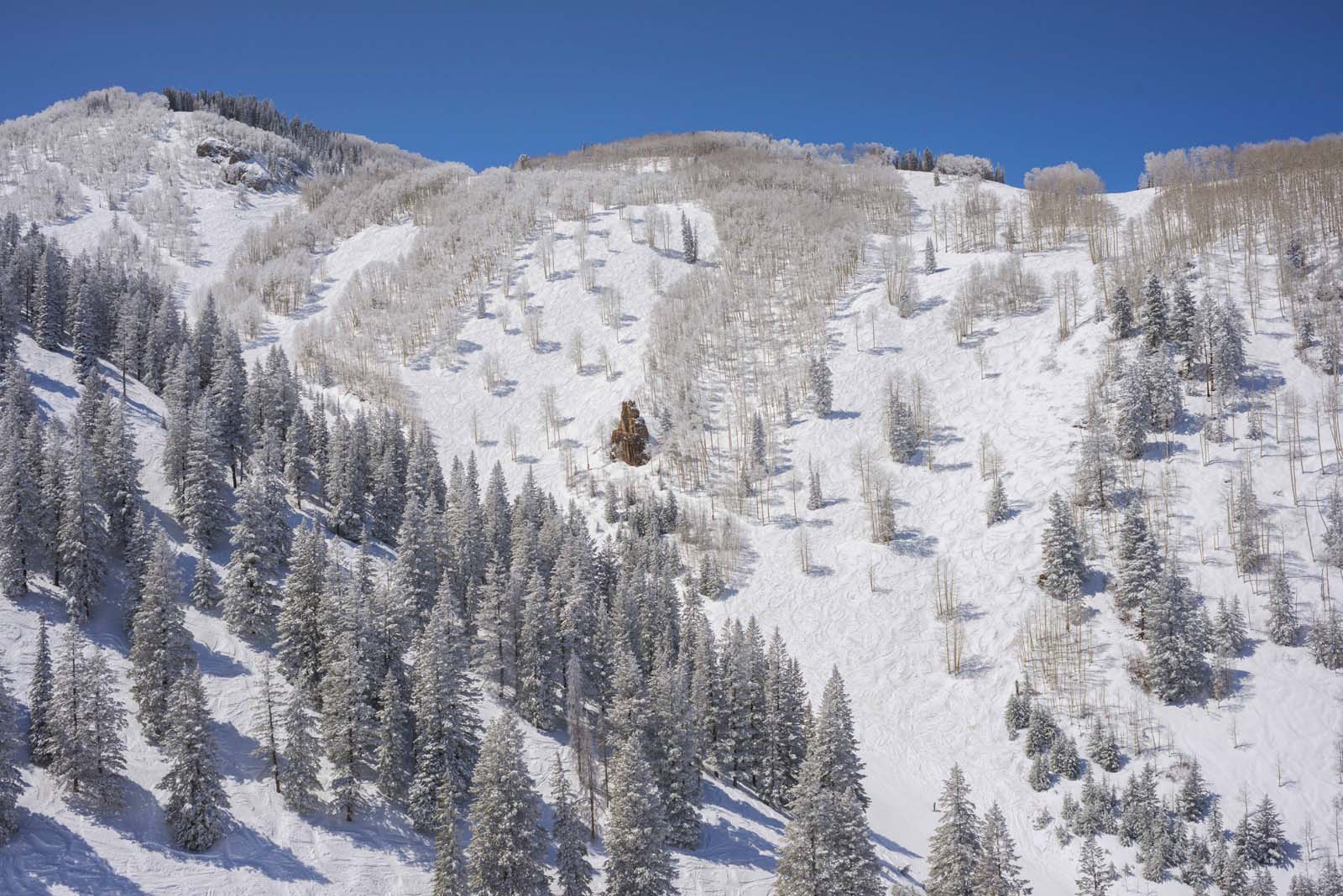The Local newsletter is your free, daily guide to life in Colorado. For locals, by locals.
Aspen, Breckenridge, and Telluride have something unexpected in common: They are all 19th century mining towns that came dangerously close to becoming ghost towns. All three towns were able to escape a bust by striking it rich in a different natural element: white gold, aka snow. As a result, the triage boast unique histories and heritage buildings that are strikingly different from the resorts that sprang up during the late-20th century skiing boom.
All three towns owe their rich mining legacies to their location astride the Colorado Mineral Belt, a swath of granite rock and associated mineral veins bulging with silver and gold that diagonally cut across the state from Boulder to Durango. The granite intrusions accompanied the geologic fireworks associated with the uplift of Colorado’s Rocky Mountains, which began about 70 million years ago.

Although such intrusions commonly accompany mountain building episodes, the Colorado Mineral Belt is atypical in that its granite and metals run nearly perpendicular to the Rockies’ north-south trend. The Mineral Belt’s unusual configuration has puzzled geologists for decades, but its existence propelled Colorado to statehood when, in January 1859, the discovery of gold at both Gold Hill and Idaho Springs launched the Pikes Peak Gold Rush.
That summer, miners hit pay dirt in Breckenridge. After gold was discovered there, bars like Long’s Saloon, the predecessor of the town’s Gold Pan Saloon, the oldest, continuously operated bar west of the Mississippi, quickly sprang up on Main Street to slake the booming population’s thirst.
Although Telluride’s first mining claim wasn’t staked until 1875 and Aspen’s in 1879, those towns immediately flourished. But by the end of World War II, all of Colorado’s mining camps were either dead or dying. Fortunately, after the war ended, ski troops from the 10th Mountain Division, which had trained near Aspen, returned to that town with visions of creating a European-style ski resort out of its superlative terrain.
Aspen Mountain’s first lift, at the time the world’s longest, was dedicated in 1947, and three years later, the mountain became the first outside of Europe to host the FIS World Alpine Championships. The “powder rush” soon spread across the state; in 1961, Breckenridge opened its ski area, followed by Telluride in 1970.
In all three towns, this mining legacy is readily apparent to today’s visitors, who savor the experience of strolling through the distinctive, historic downtowns during après ski shopping and dining excursions. Aspen Mountain has another, distinctive reminder of this legacy: “The Dumps,” a series of double black steeps where hard-core powder hounds schuss down historic piles of rock tailings left behind by the area’s long-departed miners—a thigh-burning tribute to the geologic quirk of fate that forever altered the fortunes of these and other Colorado towns.








